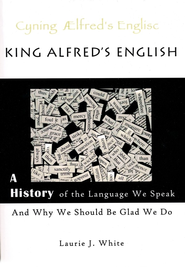SHARON’S BLOG
10 Fall-themed Writing Prompts
Colorful leaves. Pumpkins. Football. Cooler weather. Raking. Apple pie. Candles. What are signs of autumn to you?
Students are more likely to write if the topics are related to something that is going on at the moment, so let’s cash in on the season by using these fall-themed writing prompts. Some of the prompts you’ll find below are simply fun prompts; others are tutorials complete with printables.
While they are enjoying these ten seasonal prompts, you are giving them practice in opinion writing, description, figurative language, poetry, and more. Shhh! It’s our secret!
These prompts {and tutorials} are appropriate for grades 5 – 12.
Ready? Fun awaits . . .
Read More



















